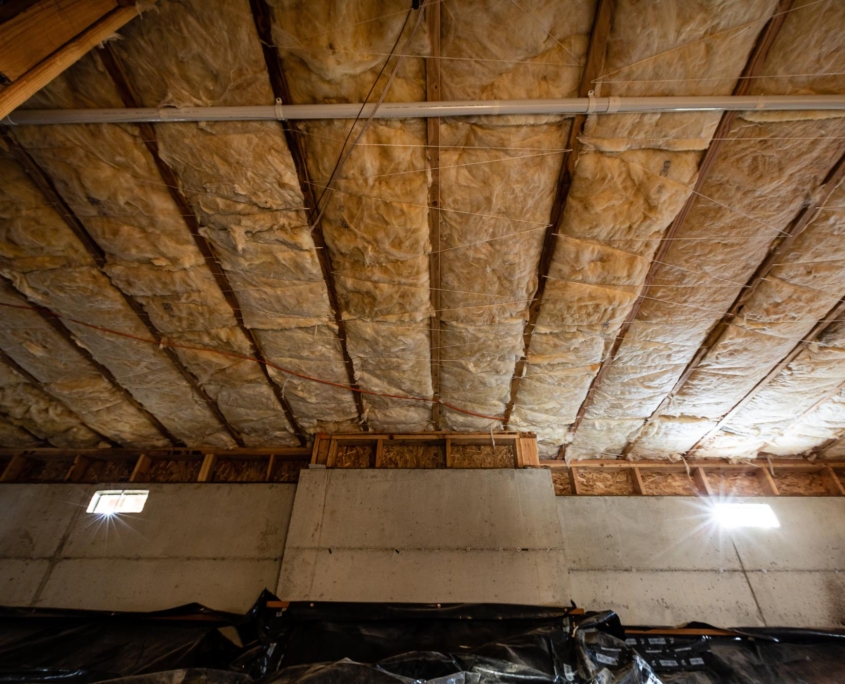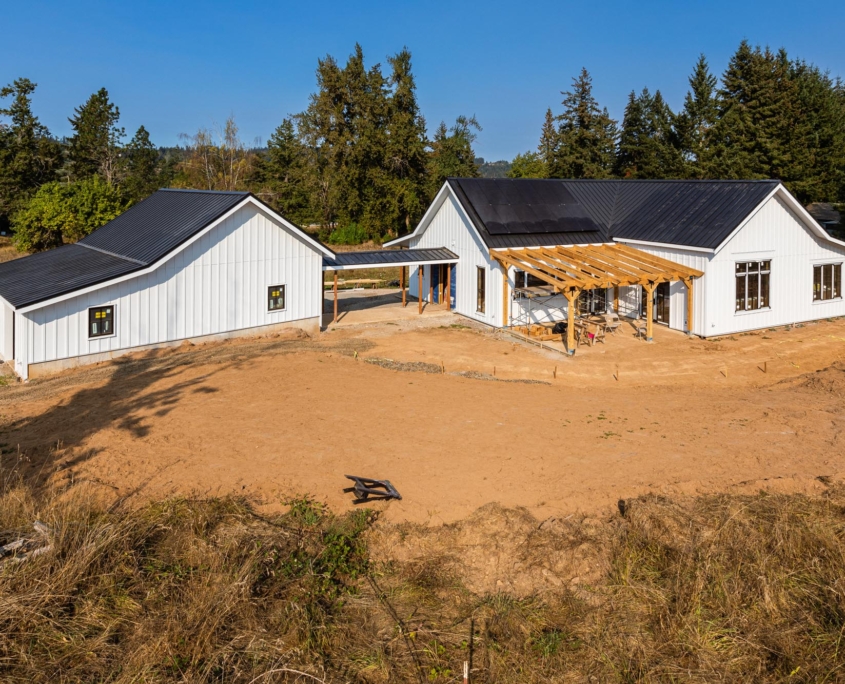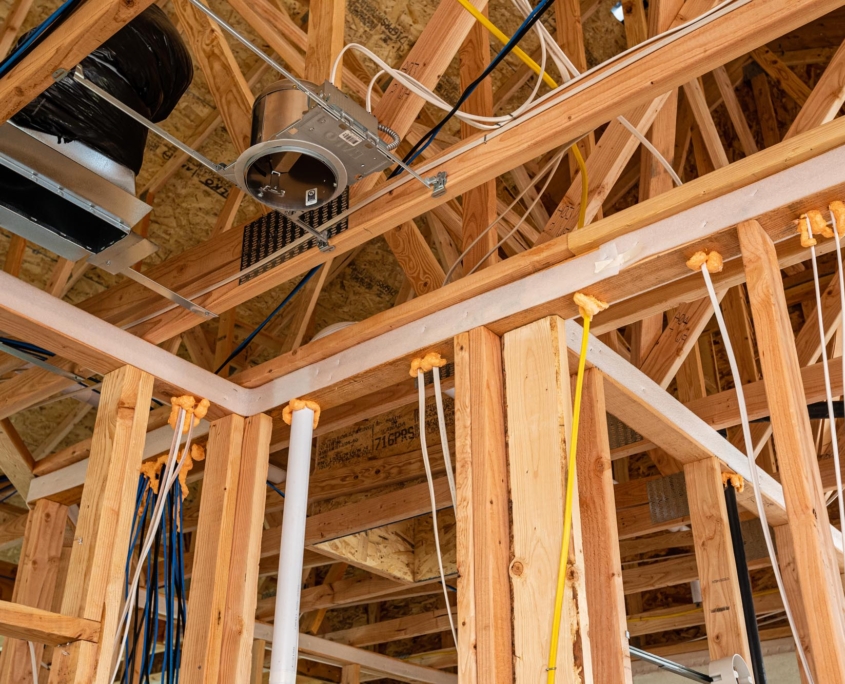Montana Homes Collaborative
The Montana Homes Collaborative (MHC) is a group of residential construction stakeholders, including designers, builders, educators, and government officials who meet regularly to discuss energy efficiency building codes, construction best practices, and new developments in the construction industry. The focus of our discussions is based upon the application of best building science principles in energy efficiency, with an eye toward economic efficiency and housing affordability. We aim to compile our discussions into practical educational materials to help designers and builders build Montana’s next generation of energy-efficient and affordable homes.
Montana Roadmap to Home Energy Efficiency and Affordability
10 Recommendations of the Montana Homes Collaborative
This page identifies and explains the Collaborative’s 10 initial recommendations and proven techniques that are integral to building homes that are both affordable and sustainable by prioritizing energy-efficiency measures that will, in turn, allow homeowners to enjoy affordability and comfort over the life of their homes.
MHC Newsletters
Heating, Ventilation, and Air Conditioning
Heating, ventilation, and air conditioning (HVAC) are the largest energy users in a typical home. In past newsletters, we focused on building practices and techniques that will help ensure an energy-efficient envelope, which will minimize the amount of energy the home’s HVAC system will use. However, the efficiencies gained from building an airtight, well-insulated home can be lost if the HVAC system is not designed properly.
The more doors and windows included in a home, the greater likelihood of air leakage and loss of insulating qualities. These losses can be mitigated by using quality doors and windows and installing them properly. The details of a proper fenestration installation can determine whether a house will be comfortable and energy efficient, or uncomfortable and drafty.
The purpose of a weather-resistant barrier (WRB) in buildings is simple: it helps prevent moisture issues by preventing outside water, and the movement of outside air, from entering the building envelope. However, if water does enter the building envelope, a WRB should also allow that moisture to drain away or escape by evaporation. This seems simple enough but, in practice, many misconceptions lead to confusion and misapplications, especially when it comes to understanding how water vapor moves through a wall.
Montana Accessory Dwelling Units
Accessory Dwelling Units (ADUs) are secondary housing units that are typically located on the same property as a primary residence. They can be attached or detached from the main house and are often used to provide additional living space for family members or to generate rental income. ADUs have become increasingly popular in recent years to address the housing shortage in many cities. Some cities have even eased zoning restrictions to encourage the construction of ADUs.
Previously Published Newsletters
All previously produced newsletters can be found on the Montana Department of Environmental Quality – Energy page.
Residential Energy Code and Energy Efficiency | Montana DEQ (mt.gov)
MHC Meeting Minutes & Links
Next MHC Meeting:
Upcoming – To Be Determined
June 26th: NCAT Building Science Workshop. Thank you to the speakers and attendees!
- Mark Leland (Helena Habitat for Humanity) and Paul Tschide (MT DEQ), Building Simple, Decent, Affordable, Energy Efficient Homes
- Andrea Michael (Love Schack Architecture), Retrofitting Homes for Greater Energy Efficiency
- Matthew Skuntz, Ph.D. (MSU), Cold-Climate Heat Pump Systems
- Jaya Mukhopadhyay, Ph.D. (MSU), Ventilation Requirements for Residential Buildings in Cold Climates
- Carl Berntsen (NCAT), ENERGY STAR Requirements and Checklist for Designers and Builders
May 21st: Discussion of NCAT Building Science Workshop, 2024 IECC, NCAT Energy Star
March 12th: In-person during lunch at the 19th Annual Building Codes Education Conference.
February 12th: MHC Meeting Minutes
During this MHC Meeting we discussed Heat Pump Water Heaters (HPWH). Here is a link to an excellent article on HPWHs installed in the Northwest.
Cold Climate Demonstration Installation & Water Heater Installer Focus Group Research (NEEA)
Upcoming Events
Emu’s Passive House Training for Advanced Building Science
September 16th-20th, Missoula
Join our List Serve
The MHC meets virtually through Microsoft Teams every two months. Please feel free to send us your email and join the conversation and submit questions and comments for the next discussion.



